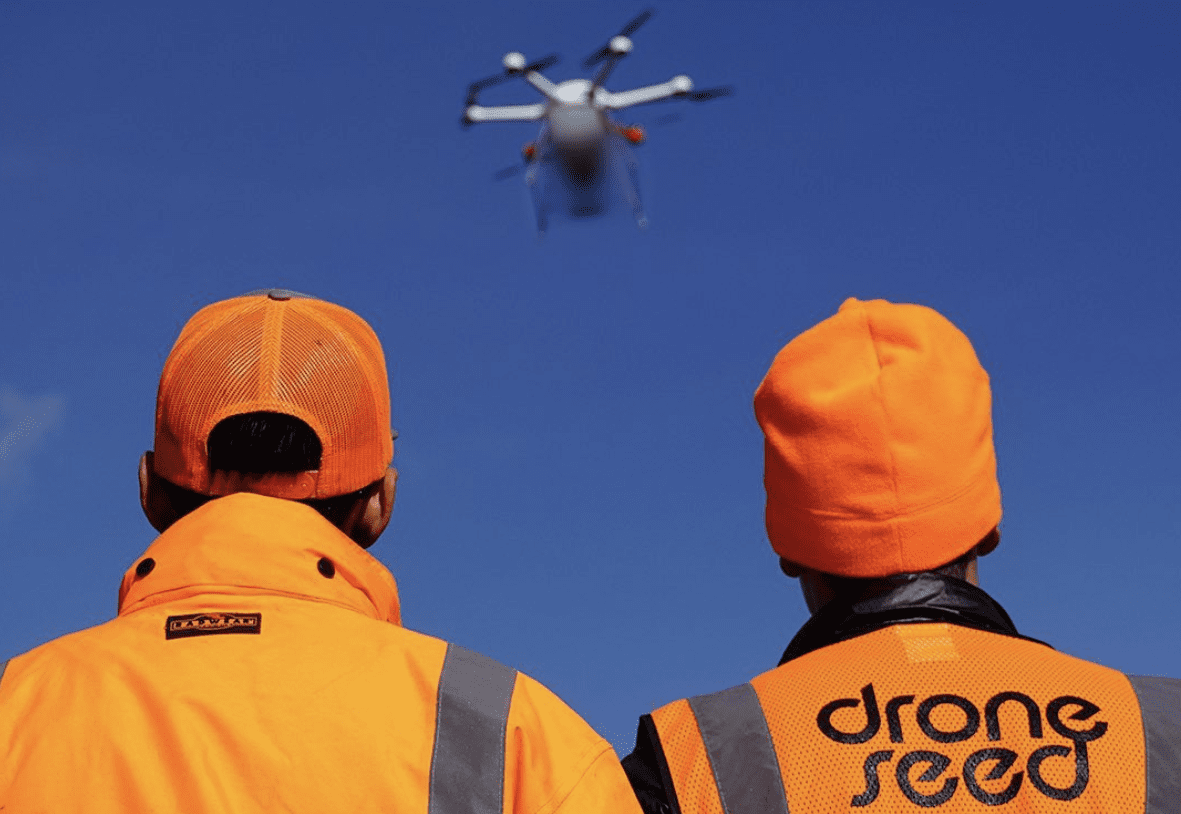Living in any state comes with a set of challenges. Locations are either too cold, too unsafe, or too expensive. California is certainly not exempt from this, though its proponents would consider the price well worth the 50-degree winters and relative lack of humidity. However, all that sunshine also comes at an environmental cost.
Though idyllic in nearly every way, the California climate has been uncomfortably susceptible to drought in recent decades. Drought has historically been the bane of agricultural societies. While the wonders of modern logistics mean modern Americans will not necessarily starve as they would have a few centuries ago, it has yet to solve everything.
Wildfires have emerged as a force to be reckoned with in the western U.S., free to gorge themselves on the dead grass that serves as natural kindling throughout the region. As water scarcity increases, it is up to us to become more vigilant in our communities. Thankfully, a startup has found success with innovative drone-based seeding technology that is beneficial in combating wildfires.
Based in Seattle, WA, DroneSeed has assisted with reseeding efforts on the West Coast since 2019. But the company has broken through, reporting that it raised as much as $36 million in venture capital last year.
Industry thinking is that the time is now for reseeding startups, given the current status of carbon credit offsets. More specifically, credits are officially granted within a year or so of the tree’s planting rather than 10 or even 20 years later. This obvious incentive favors operations that can complete seeding as quickly and efficiently as possible.
It isn’t easy to find a more productive alternative to DroneSeed’s process. The company was the first to gain approval to use heavy-lift drones for targeted seed delivery from the Federal Aviation Administration (FAA) back in 2016, a technology the startup is still using in 2022.
Reseeding comes in two parts. First, drones outfitted with cameras and laser mapping technology do an aerial sweep of the affected area, generally a few months after a wildfire has passed through. The data is then processed as a three-dimensional terrain map, creating an automated seeding route. It becomes plug-and-play at that point, with the option to step in and manually pilot if necessary.
DroneSeed currently serves various clients across several sectors related to replanting efforts. They include government agencies, timber companies, nonprofits, and a host of Tribal nations in the region.
The hands-off aspect of each seeding operation contrasts the comprehensive level of customer support. The company provides on-site staff, extra drones, swappable batteries, and an on-site generator for recharging. “We have this sort of NASCAR pit crew,” says Cassie Meigs, a forest ecologist working for DroneSeed. “We’re out there swapping out payloads; we’re swapping out batteries.”
Standard service involves using three 8-foot drones at a time, though DroneSeed says it has the license to fly up to five simultaneously. Each drone is packed with a seed payload weighing 55 pounds, enough to complete a section about a quarter of a football field in size. The seeds, acquired in-house following the startup’s purchase of Washington supplier Silvaseed in 2021, are fitted into durable fiber pucks before deployment. Each puck is designed to gradually fill with moisture and expand as it protects the seed’s growth and even includes elements to prevent damage from pests.
According to experts like the University of Washington’s Susan Pritchard, techniques like these will be critical in the battle to keep the region wildfire-free. “As we’re adapting to this warmer and often drier world, we really need to innovate,” she said.





